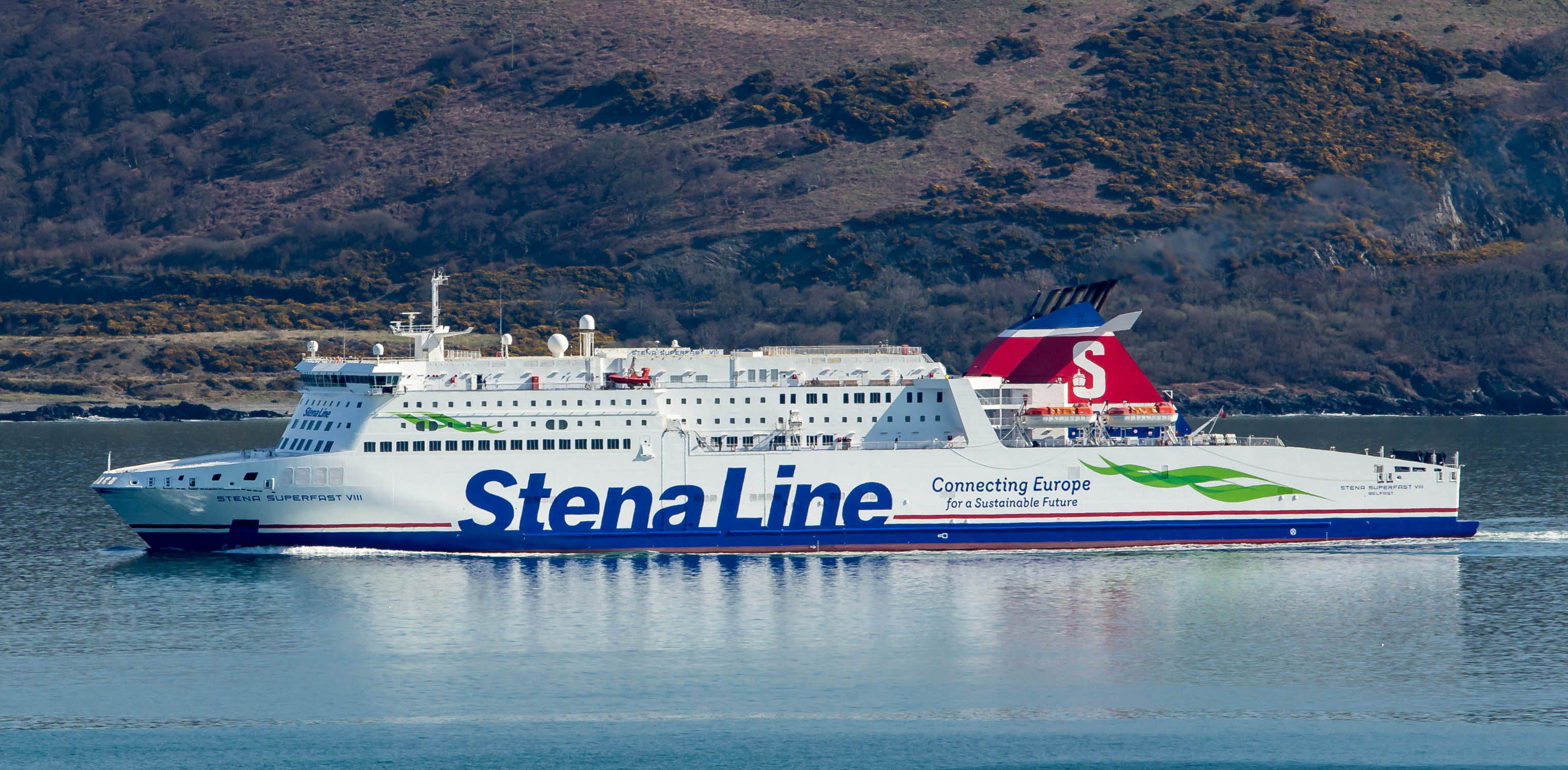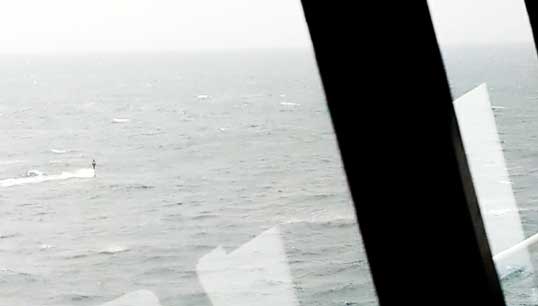- Topics
- Campaigning
- Careers
- Colleges
- Community
- Education and training
- Environment
- Equality
- Federation
- General secretary message
- Government
- Health and safety
- History
- Industrial
- International
- Law
- Members at work
- Nautilus news
- Nautilus partnerships
- Netherlands
- Open days
- Opinion
- Organising
- Podcasts from Nautilus
- Sponsored content
- Switzerland
- Technology
- Ukraine
- United Kingdom
- Welfare

The crew of a Stena Line ferry have been praised for their fast and effective action to avert 'the immediate danger' of a collision with a nuclear submarine in the Irish Sea. Andrew Linington reports on the MAIB findings
The 30,285gt Stena Superfast VII came within 250m of the unnamed Royal Navy submarine during a crossing between Belfast and Cairnryan with 215 passengers and 67 crew onboard in November 2018.
Commenting on the incident, UK Marine Accident Investigation Branch (MAIB) chief inspector Andrew Moll expressed 'significant concern' at the number of near-misses between Royal Navy submarines and surface ships and called for the RN to undertake an independent review of the effectiveness of its collision-prevention measures.
The MAIB report says it was 'extremely fortunate' that the ferry's lookout had spotted the periscope at close range and that the watchkeeping officer had showed 'great presence of mind and strong conviction' in taking immediate action to alter course to avoid the threat of collision.
'Post-incident analysis indicated that, without this alteration, there was a serious risk of collision,' the report points out. 'Further, had there been a collision, given the relative speed and movement of the two vessels, there was every chance that the ferry would have suffered significant underwater damage.'

The ferry's master estimated that the submarine had passed down the starboard side of the ship at a range of 50m to 100m, while the MAIB report says that after taking avoiding action, the ferry's closest point of approach with the submarine was about 230m.
The MAIB found that the submarine's command team had 'overestimated the ferry's range and underestimated its speed' and had made safety-critical decisions on the basis of inaccurate periscope range data, which led them to believe the passing distance was four times the actual range.
'The persistent overestimation of the ferry's range happened primarily because of a lack of supervision of the periscope watchkeeper,' the report states. Additionally, it adds, other clues to the close proximity of the ferry – such as sonar characteristics and camera image – were also ignored.
As a result of the 'misleading' assessment, the submarine's officer of the watch made the 'unsafe decision to turn the submarine towards the approaching ferry, instead of immediately opening the range by turning to starboard and away,' the report notes.
It was extremely fortunate that the ferry's lookout had spotted the periscope at close range and that the watchkeeping officer had showed great presence of mind and strong conviction in taking immediate action to alter course to avoid the threat of collision. MAIB report
The submarine was at periscope depth conducting pre-deployment safety training at the time of the incident and investigators found that while its passage plan had identified the potential risks of the North Channel ferry route, and the commanding officer had directed the OOW to remain south of the ferry lanes, the submarine was actually operating in the hazardous area.
The MAIB noted that the RN has taken a series of measures in response to the incident, but the report calls for an independent review of the actions that have been taken, to ensure that the risk of similar collisions have been reduced to as low as possible.
'Although the circumstances of the accidents were different, the fact that there have been two collisions and one very near-miss between surface ships and submarines in a period of four years is cause for concern,' the report states.
'The latest event, though ultimately a near-miss, had the potential to be the most serious of all, and it was avoided only by the actions of the bridge team of the ferry involved,' it adds. 'In all three cases, not only did the submarines' command teams have an inaccurate appreciation of the position, course and speed of the surface vessels in their vicinity, but they also did not detect that their assessments were in error in sufficient time to take action to remain safe.'
Tags
More articles
Time pressure a factor in cargo loading accident
Time pressures may have been one of the factors leading to an accident in which two seafarers were injured during cargo operations in the Scottish port of Campbeltown last year, an investigation has revealed.
Ferry fatality prompts warning over mobile phone use
Seafarers have been warned about the risks of using mobile phones in working spaces onboard following an investigation into a fatal accident on the stern ramp of a ro-ro ferry.
'Weak safety culture' and higher rate of older seafarers in occupational accidents gets MAIB attention
MAIB warns of dangers of aerosol firefighting systems after fatal accident
The Marine Accident Investigation Branch (MAIB) has issued a safety bulletin warning of the dangers associated with condensed aerosol firefighting systems, after a fatal accident onboard a fishing vessel.
